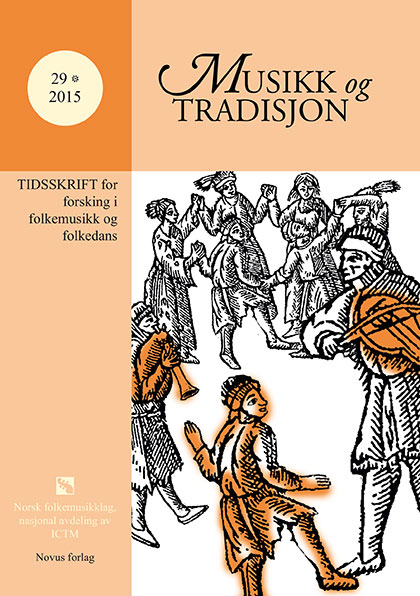Abstract
The 2003 UNESCO Convention for the Safeguarding of Intangible Cultural Heritage has been discussed, characterised and criticised for its terms and ideas and for the problems that it is claimed to raise in many ways (Berkaak 2010, Ivey 2004, Kirschenblatt-Gimblet 2004, Keitumetse 2006, Kurin 2004b Grau 2009). More than a decade has now passed since 2003. The Convention can be seen in the light of how it has functioned so far. Safeguarding of intangible cultural heritage has been an explicit part of the author's work description at the Foundation for Traditional Music and Dance1 since 1973. He has been member of UNESCO's evaluating bodies for several years, and has an agenda and opinions to promote on behalf of those for whom and with whom he has worked. For this reason, the article is not meant to be a description of the Convention, nor a distanced, theoretical discussion about broad concepts such as heritage. It is meant to be an article engaging with the interpretations and development of the Convention. It will promote certain points of view and will have a polemic edge. The argumentation seeks to find its support in a close reading of the Convention text itself, in the broad material produced for the implementation of the Convention (i.e. UNESCO 2014a), and in the summary of experiences and recommendations from the evaluation work. (UNESCO 2014b)
This work is licensed under a Creative Commons Attribution-NonCommercial-ShareAlike 4.0 International License.
Copyright (c) 2016 Musikk og Tradisjon

